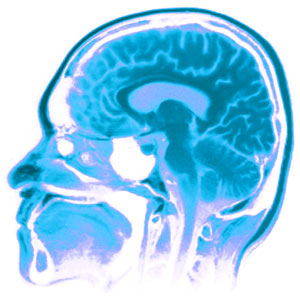| Introduction
The human brain is an invaluable and amazing organ.
Electrical and chemical messages bouncing around in the brain lead to actions,
speech, thoughts, and all other physical and mental properties that define the
human condition. One of the most interesting abilities that the brain affords
us is the ability to recognize things, people, scents, and other physical stimuli.
When you think about the diversity even within a certain classification of object,
it becomes more amazing. For instance, within the classification of tree, there
is a wide variety of different types of trees, many of which look drastically
different. A pine tree looks very different from an oak tree and yet we realize
that they are both trees. We recognize general characteristics of a tree and then
are able to expand our definition when other specimens are encountered. We also
recognize different states in the life of a tree - for example, we recognize that
leaves may change color or fall off. Despite such seasonal anomalies, a tree is
clearly recognizable.
In addition to the ability
to recognize things, the brain also allows us to predict outcomes and occurrences.
When dark clouds appear in the sky, we can predict that rain is imminent (unless,
of course, the weather report says it will rain - in that case, the sky will suddenly
become clear!) Sports fans try to predict the outcome of a game based on the previous
performance of the teams. Given a set of circumstances, it is possible to deduce
the most likely result. Typically, the larger the set of circumstances available
to make a prediction on, the more likely it is to come up with the correct results.
Recognition and prediction are both highly involved
in scientific research. Since science is based on other science it is important
to recognize where a result is reminiscent of a previous discovery. Recognizing
those connections allows the researcher to expand their understanding by applying
information garnered from previous research. A cornerstone of good scientific
research is the formulation of an appropriate hypothesis. A hypothesis is nothing
more than a prediction
| |

Figure 1: The human brainabout what will occur. Therefore,
prediction is a backbone of research. Scientists are constantly striving to increase
their knowledge base in order to make more accurate predictions about new experiments. Neural
Nets and Research
Recognition and
prediction may be important to good research, however in this day and age, speed
is almost more important. Universities demand that professors publish papers often
and the public demands new drugs and technology. The time needed for scientists
to learn all about a variety of different fields makes it prohibitive for them
to make truly accurate predictions. In addition, a certain type of scientist may
not recognize a certain occurrence because it may fit more in the knowledge base
of another type of scientist. With the vast increase in scientific discovery over
the last several decades, a mountain of knowledge is quickly being created |